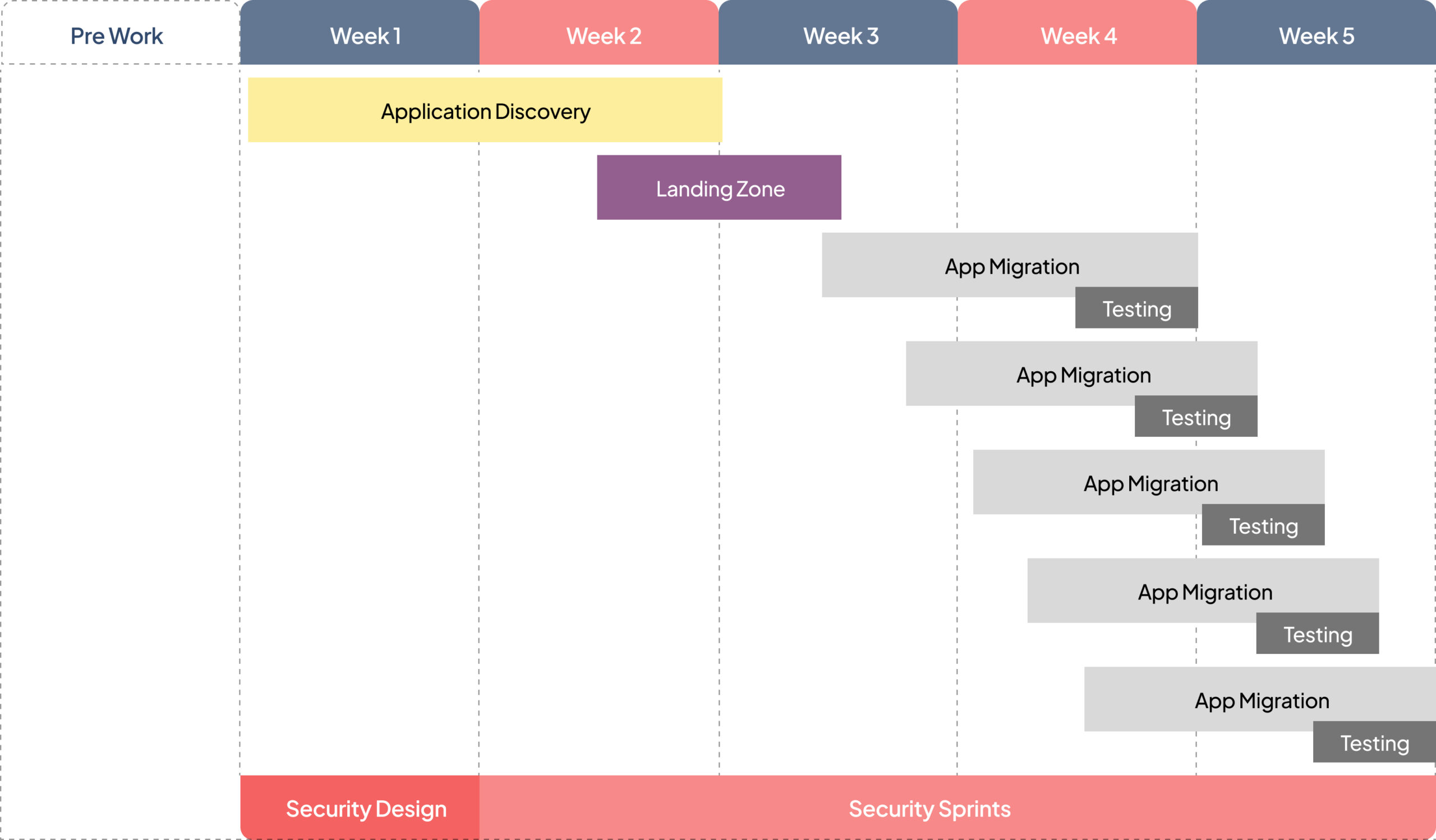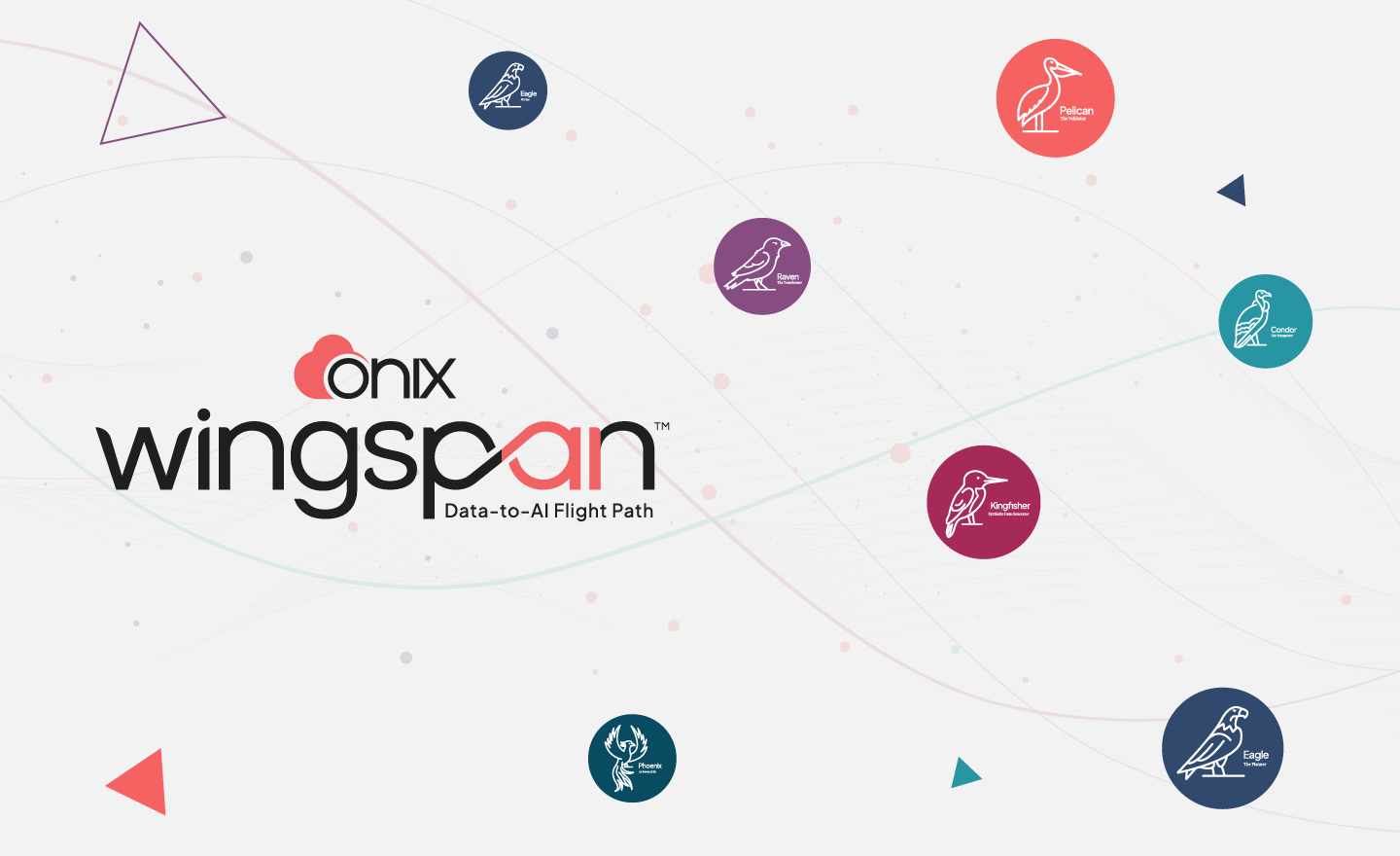According to McKinsey, enterprises in 2024 are spending 80% of the budget for IT hosting on the cloud. This primarily includes the private cloud and cloud services like SaaS, PaaS, and IaaS. As more enterprises adopt cloud computing, they need a more strategic approach to remain competitive and cost-effective.
Gartner projects that by 2025, 85% of companies will adopt a cloud-first principle. That said, cloud migration is not without its share of cost-related challenges. 38% of enterprises currently waste over 30% of their cloud spending. Cloud migration and modernization do not always work according to plan, resulting in cost escalation.
Here’s a look at why enterprises regularly overrun their cloud migration costs – and how to mitigate them.
Why do enterprises overrun their cloud migration costs?
The 2023 Flexera report on the “State of the Cloud” states, “FinOps or cloud cost optimization practices are gaining traction as cost management challenges surpass security as the foremost cloud challenge for the first time.”
Among the common reasons for cost overruns, enterprises fail to assess their existing applications and workloads during the initial phase of their cloud migration. This leads to an incomplete (or inaccurate) evaluation of their cloud migration requirements. Based on this evaluation, enterprises deviate from their initial estimated project cost, thus resulting in cost escalation.
When enterprises fail to do a complete assessment, they fail to identify interdependency bottlenecks between on-premises systems. This failure can often lead to problems like incorrect order of application migration and poor network performance. Dependency bottlenecks can increase the time taken for cloud migration, thus raising the costs by more than initially expected.
The growing skill gaps in cloud migration are another reason for cost overruns. An estimated 95% of IT leaders are negatively impacted by the skills gap in cloud solutions. Enterprises have to hire high-cost technical resources – or spend time and money in upskilling the existing workforce. Another option is to partner with an experienced cloud migration services company. In the bid to save costs, they often end up partnering with “cheap” solution providers, whose inefficiency can hike up migration costs in the long run.
How organizations can mitigate cost overruns using Onix Birds
Without an effective strategy, cloud migration and modernization can be a time-consuming and expensive process for any enterprise. This is why you must consider partnering with an experienced Google Cloud partner like Onix:
- Rapid assessment of the existing infrastructure and identifying areas of improvement
- In-depth assessment of infrastructure including IT cost assessment
- Rapid migration of applications including MVP application (with up to 5 virtual machines to the landing zone)
- Migrate at Scale capability for migrating up to 100 VMs to the cloud
Here’s a sample illustration of how we do your cloud migration:

Additionally, we bring the capabilities of our Onix Bird suite to streamline your cloud migration costs:
- Our Eagle assessment tool is effective at estimating the correct data volume and usage – along with estimating the timeline and budget of data migration to the cloud.
- Our Raven transformation tool can quickly convert code from any source – thus reducing both production time and costs.
- Our Pelican validation tool can automate the code validation process after migration – thus posing no cost-related challenges post-migration and modernization.
Based on our industry experience, we have created a list of best strategies and practices to mitigate cost overruns in cloud migration. To learn more, download our latest eBook on “Mitigating Cost Overruns in Cloud Migration” by filling out the online form.
Reference links:
https://www.precisely.com/blog/data-integrity/5-key-cloud-computing-trends-in-2024
https://www.gartner.com/smarterwithgartner/6-ways-cloud-migration-costs-go-off-the-rail









